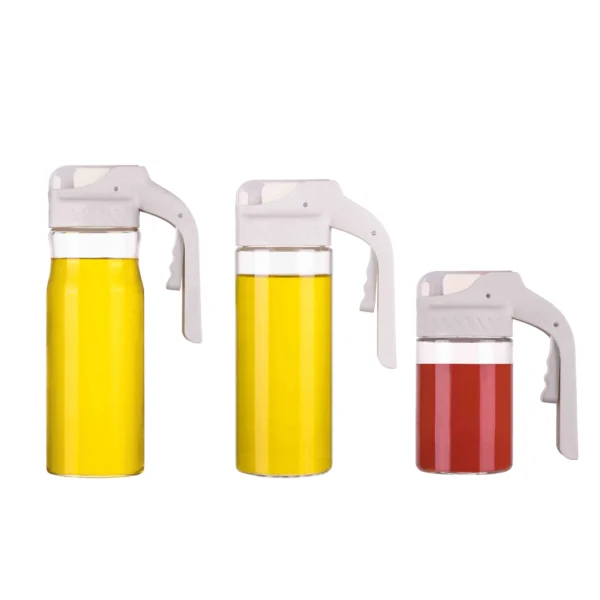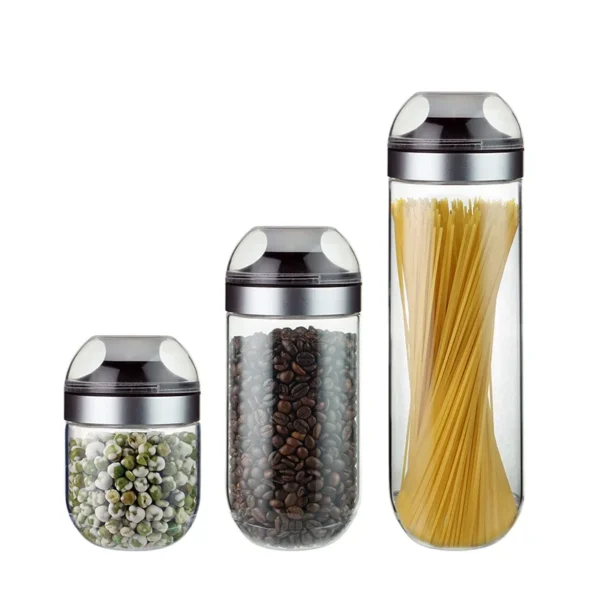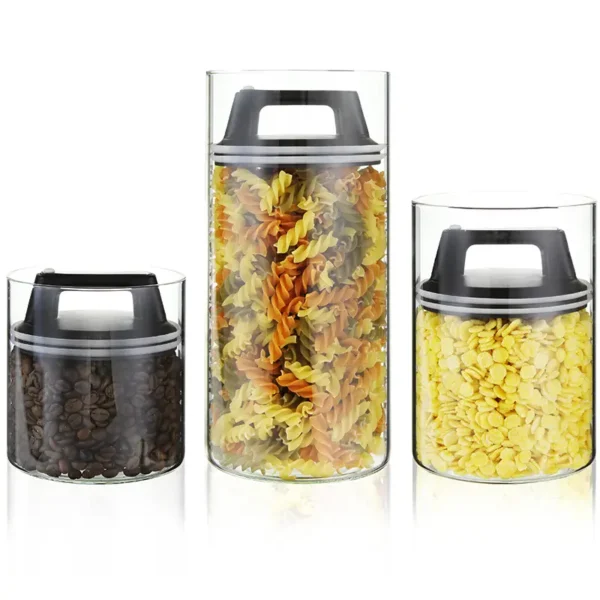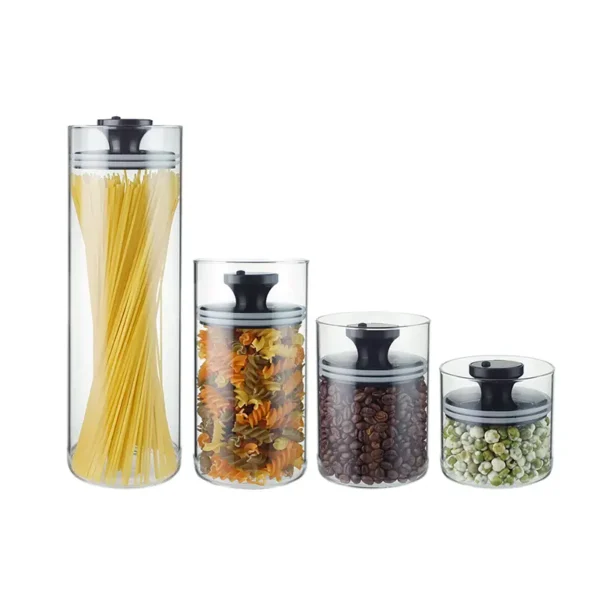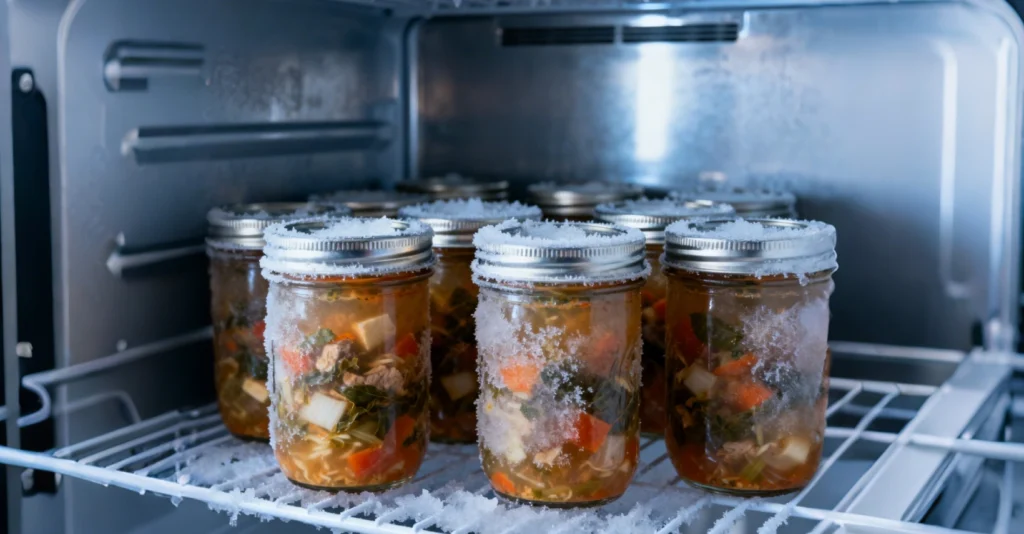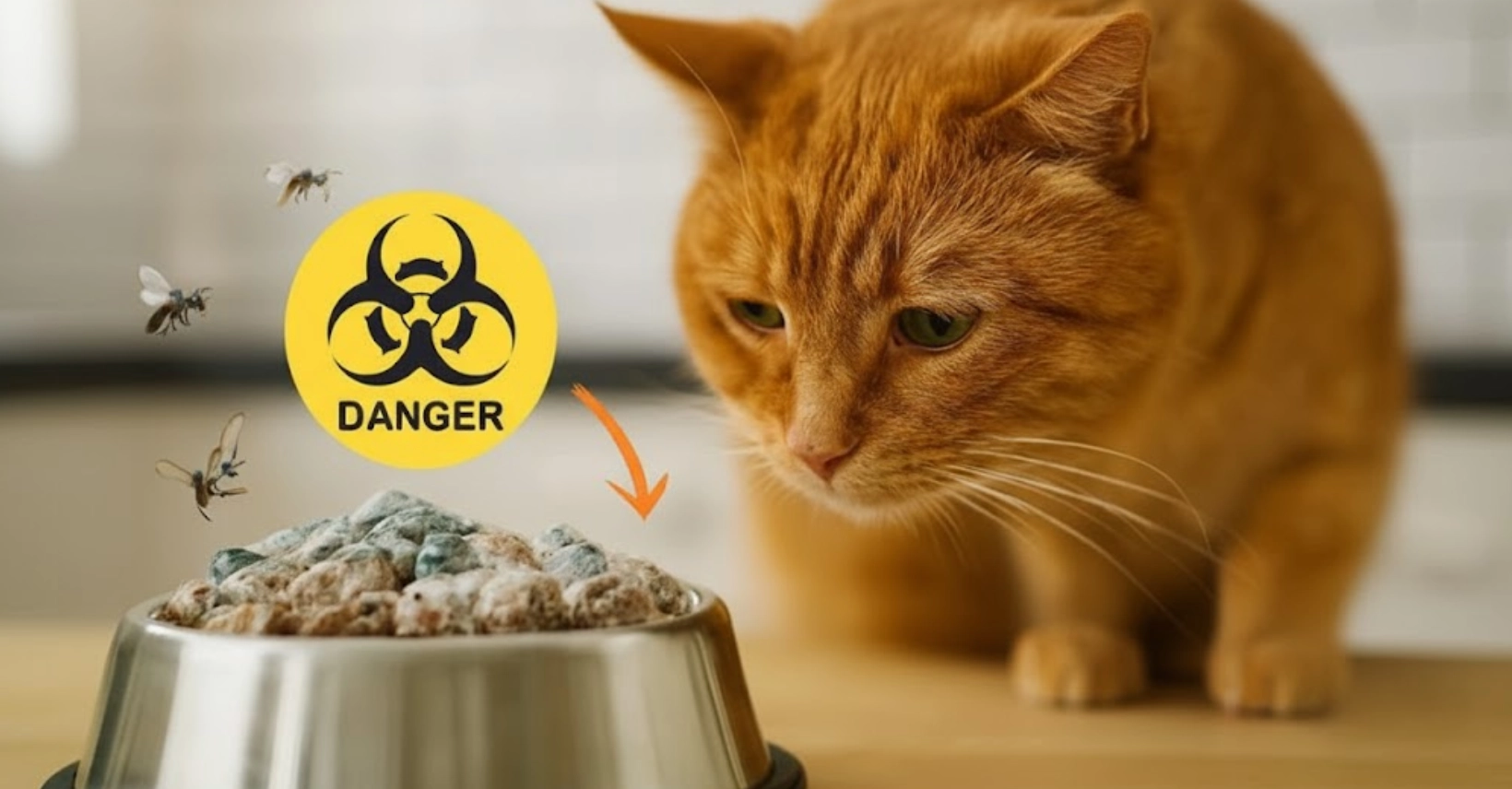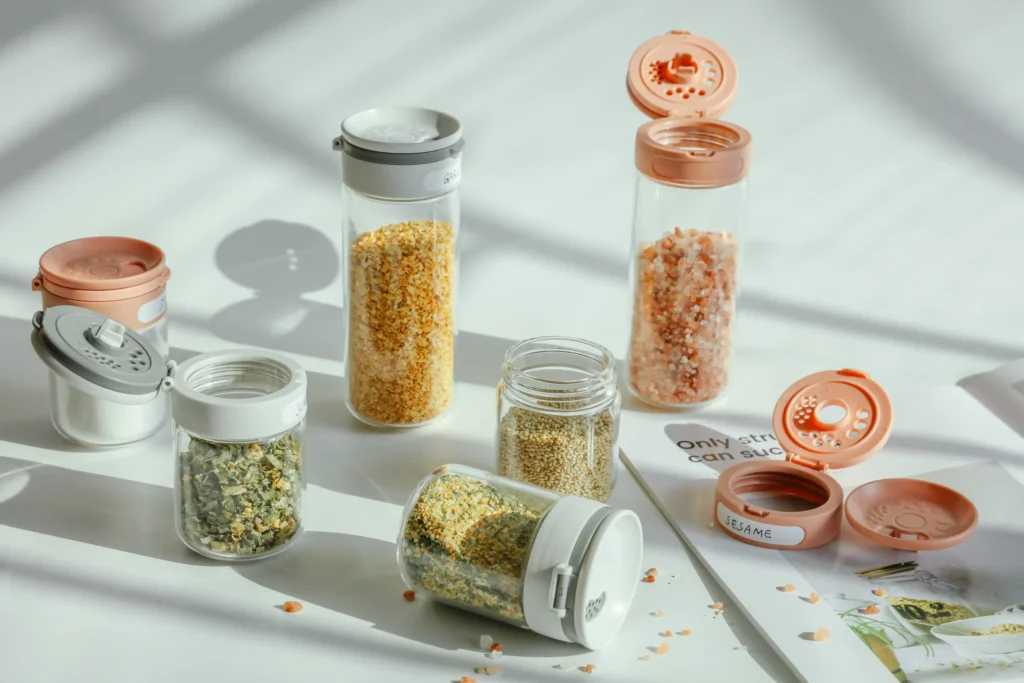Have you ever wondered why some glass bakeware can go from a hot oven to a cold countertop without shattering, while other glass items might crack under similar stress? The answer often lies in what is borosilicate glass and its unique composition. Far from being just “regular glass,” borosilicate glass is a specialized material engineered for superior performance, particularly in resisting rapid temperature changes.
Let’s dive into what makes this glass so exceptional and why it often surpasses its more common counterpart, soda-lime glass.

What is Borosilicate Glass?
Borosilicate glass is a type of glass distinguished by the presence of boron trioxide in its chemical composition. This key ingredient, typically making up between 5% and 13% of the glass, fundamentally alters its properties. Unlike traditional soda-lime glass, which is primarily composed of silica, soda, and lime, the addition of boron trioxide creates a glass with a very low coefficient of thermal expansion. This means it expands and contracts minimally when exposed to temperature fluctuations, making it incredibly resistant to thermal shock.
The pioneering work on borosilicate glass dates back to the late 19th century. It was developed by German glass chemist Otto Schott at Jenaer Glaswerk Schott & Genossen. Schott’s innovative approach led to the creation of a glass that could withstand extreme temperatures and chemical corrosion, properties that were revolutionary for scientific and industrial applications at the time.
What is borosilicate glass made of?
The manufacturing of borosilicate glass involves a precise process, beginning with carefully selected raw materials. The primary components include high-purity silica sand, boric oxide (the source of boron trioxide), alumina, and smaller amounts of alkali oxides like sodium oxide and potassium oxide. These minor additions help in the melting process and improve the glass’s workability.
Once the raw materials are meticulously proportioned, they are fed into high-temperature furnaces, where they are melted down into a homogeneous liquid. These furnaces operate at incredibly high temperatures, often exceeding 1,600°C (2,900°F), to ensure a complete and uniform melt.

After melting, the molten glass is formed into its desired shape using various techniques. For bakeware and plates, it’s often pressed into molds (molding). For items like bottles, laboratory beakers, and test tubes, the molten glass is blown into shape using controlled air pressure (blowing). Other methods, such as drawing for tubing or rolling for sheets, are also employed depending on the final product.

A crucial final step in the manufacturing process is annealing. This involves slowly cooling the formed glass in a controlled environment. Annealing is critical because it relieves any internal stresses that may have developed during the rapid cooling and shaping processes. By allowing the glass to cool gradually, its molecular structure can stabilize, significantly improving its overall strength, durability, and resistance to spontaneous cracking.
What’s the Difference Between Borosilicate Glass and Soda-Lime Glass?
The fundamental differences between borosilicate glass and soda-lime glass stem directly from their chemical compositions, which in turn dictate their physical properties.
Chemical Composition Comparison
Borosilicate Glass: Characterized by its high silica content (typically 70-80%) combined with a significant percentage of boron trioxide (7-13%). It also contains smaller amounts of alumina and alkali oxides. This unique blend is what gives it its distinct properties.
Soda-Lime Glass: This is the most common type of glass, used for windows, bottles, and drinking glasses. Its composition is predominantly silica (69-75%), but with much higher amounts of soda (sodium oxide, 12-16%) and lime (calcium oxide, 5-12%). It lacks the boron trioxide found in borosilicate glass.
Key Property Discrepancies
The compositional differences lead to several critical distinctions in their performance:
- Thermal Expansion Coefficient: This is the most significant difference. Borosilicate glass has a very low thermal expansion coefficient. This means it expands and contracts very little with temperature changes. In contrast, soda-lime glass has a much higher coefficient, making it more susceptible to stress and breakage when heated or cooled rapidly.
- Resistance to Thermal Shock: Due to its low thermal expansion, borosilicate glass can withstand drastic temperature changes without breaking. You can typically take a borosilicate dish from a hot oven and place it on a cool surface without fear of shattering. Soda-lime glass, however, is highly prone to thermal shock and can easily crack or explode under such conditions.
- Chemical Durability and Leaching: Borosilicate glass exhibits superior resistance to chemical corrosion from acids, alkalis, and water. This makes it highly inert and less likely to leach undesirable substances into its contents, which is why it’s preferred for laboratory and food storage applications. Soda-lime glass can be more reactive and susceptible to etching or degradation from certain chemicals over time.
- Mechanical Strength and Impact Resistance: While both are glass and can break, borosilicate glass generally possesses better resistance to impact and scratching. Its denser, more uniform molecular structure contributes to its overall resilience and durability compared to the more brittle soda-lime glass.
- Optical Properties and Clarity: Borosilicate glass often boasts superior optical clarity, with less distortion and better light transmission. This makes it ideal for precision optical instruments and applications where visual purity is paramount.
Soda lime glass vs borosilicate glass
| Property | Borosilicate Glass | Soda-Lime Glass |
| Key Composition | High Silica (70-80%), Boron Trioxide (7-13%) | High Silica (69-75%), Soda (12-16%), Lime (5-12%) |
| Thermal Expansion Coefficient | Very Low | High |
| Thermal Shock Resistance | Excellent; withstands rapid temperature changes | Poor; prone to breaking with sudden temperature shifts |
| Chemical Durability | Highly resistant to acids, alkalis, and water; inert | Moderate; more susceptible to chemical etching/degradation |
| Mechanical Strength | Generally more durable, resistant to scratches/impact | More brittle, prone to scratching and shattering |
| Optical Clarity | Excellent; less distortion | Good; common for windows and bottles |
| Common Uses | Labware, bakeware, high-end kitchenware, optics, and industrial applications | Windows, drinking glasses, bottles, jars |
Why Borosilicate Glass is Superior
The unique properties of borosilicate glass translate into significant advantages that make it a superior choice for many applications:
- Unparalleled Thermal Shock Resistance (Boiling to Freezing): This is the hallmark of borosilicate glass. Its ability to withstand extreme and sudden temperature changes—like going from a freezing freezer directly into a hot oven, or from boiling water to an ice bath—is unmatched by regular glass. This makes it incredibly reliable for cooking, baking, and scientific experiments.
- Enhanced Durability and Scratch Resistance for Longevity: While no glass is truly unbreakable, borosilicate glass is notably more durable and resistant to surface scratches from everyday use, utensils, or cleaning. This robustness contributes to a longer lifespan for products made from it, offering better long-term value.
- Excellent Chemical Inertness and Non-Reactivity: Borosilicate glass does not react with acids, alkalis, or other chemicals, making it ideal for storing food, beverages, and sensitive chemicals without interaction. This property also means it won’t absorb odors or flavors, ensuring the purity of whatever it contains.
- Microwave, Oven, Freezer, and Dishwasher Safe Properties: Its thermal stability allows borosilicate glass to be safely used across a wide range of kitchen appliances. This versatility is a major convenience, as regular soda-lime glass is generally not recommended for high-temperature oven use or rapid temperature changes in the freezer.
- Safer Breakage: When borosilicate glass does break (usually due to extreme impact), it tends to fracture into larger, more manageable pieces rather than exploding into countless tiny, sharp shards like soda-lime glass can. This reduces the risk of injury significantly.
- Purity of Taste (No Leaching of Chemicals into Food/Drink): Borosilicate glass is free from lead, cadmium, and other heavy metals often found in lower-quality glass or glazes. Its non-porous surface ensures that no chemicals leach into your food or drink, preserving the pure taste and making it a healthier choice for food storage and beverage containers.
- Environmental Friendliness: Its inherent durability promotes reusability, significantly reducing waste compared to single-use alternatives. While specialized recycling is often needed due to its unique composition, its long lifespan makes it a more sustainable choice overall.
What is Borosilicate Glass Used For?
Given its exceptional properties, borosilicate glass finds widespread use across numerous industries and in our daily lives:

- Laboratory Equipment: Its chemical and thermal resistance are absolutely crucial in scientific settings. Beakers, test tubes, flasks, condensers, and other lab glassware are almost exclusively made from borosilicate glass due to the precision and reliability required for experiments.
- Medical and Pharmaceutical Applications: Borosilicate glass is the material of choice for syringes, vials, drug containers, and vaccine bottles. Its inertness ensures sterility and prevents any reaction with sensitive medications, maintaining drug efficacy and patient safety.
- Lighting and Optics: Its high clarity, low dispersion, and stability under heat make it ideal for lenses in spotlights, laboratory lamps, telescope mirrors, and other high-performance optical instruments.
- Consumer Products: Beyond the kitchen, borosilicate glass is increasingly used for everyday items like coffee makers, teapots, water bottles, and baby bottles, appealing to health-conscious consumers seeking durable, non-toxic alternatives.
- Industrial Applications: In demanding industrial environments, borosilicate glass is used for sight glasses in pipelines, high-intensity lamps, and other equipment where resistance to extreme temperatures, pressure, or corrosive chemicals is present.
- Specialized Applications: Its unique characteristics also make it suitable for niche uses, such as guitar slides (for their smooth glide and resonant tone) and various forms of art glass.
- Kitchenware and Bakeware: This is perhaps its most familiar application. From measuring cups and baking dishes to food storage containers, borosilicate glass offers oven-to-table convenience and reliability, exemplified by many popular brands. Most of EasyLife kitchen glassware is made of high-quality borosilicate glass, it can ensure the quality and let customers use it with confidence. We usually have borosilicate glass bakeware, borosilicate glass containers, borosilicate glass cookware, borosilicate drinking glasses, borosilicate glass measuring cup, etc.
Recommended borosilicate glass products
-
1100ml Air-tight Borosilicate Glass Dry Food Storage Jar with Lid
-
Auto Open Oil and Vinegar Containers 550ml/400ml/250ml
-
Best French Press Coffee with Bamboo Lid
-
Clear Containers for Food Storage Glass Storage Bottles
-
Glass Food Storage Jars Wholesale Glass Canister Set
-
Glass Food Storage Jars Small Glass Jars with Lids
What is High Borosilicate Glass?
The term “high borosilicate glass” often refers to a specific grade or formulation within the broader borosilicate glass family, distinguished by an even lower coefficient of thermal expansion and enhanced performance characteristics. While all borosilicate glass contains boron trioxide, “high borosilicate” typically denotes glass with a very precise and low thermal expansion coefficient.
This specific grade is engineered for the most demanding applications where extreme thermal resistance, chemical durability, and optical clarity are paramount. It maintains the core benefits of standard borosilicate glass but often offers superior performance in highly stressed environments.
High borosilicate glass is commonly used in:
- Advanced Laboratory Glassware: For experiments requiring the highest precision and resistance to extreme thermal and chemical conditions.
- Technical Flat Glass: Often manufactured using the float method, allowing for larger, flatter sheets used in specialized windows, solar technology, and high-intensity lighting.
- Industrial Sight Glasses: Where robust and reliable viewing windows are needed in high-temperature or corrosive industrial processes.
Essentially, “high borosilicate glass” is a testament to the versatility of borosilicate compositions, pushing the boundaries of its already impressive properties for specialized technical and industrial uses.
Care and Maintenance of Borosilicate Glass Material
To ensure your borosilicate glass items last as long as possible, proper care is essential:
- Cleaning Best Practices (Dishwasher vs. Handwashing): Most borosilicate glass items are dishwasher safe. However, handwashing with warm, soapy water and a soft sponge can help prolong their lifespan and prevent any potential etching from harsh dishwasher detergents over time. For stubborn stains, a mixture of baking soda and water can be effective.
- Avoiding Abrasive Cleaners and Scouring Pads: Never use abrasive cleaners, steel wool, or harsh scouring pads on borosilicate glass. These can scratch the surface, which not only affects its appearance but can also create weak points that make the glass more susceptible to breakage.
- Safe Handling and Storage Tips: Always handle borosilicate glass with care, especially around edges and corners, as these are the most vulnerable points for chipping. Store items in a way that prevents them from knocking against each other or other hard surfaces.
- What to Do if it Cracks or Chips: If you notice any cracks, chips, or significant damage to your borosilicate glass item, it’s crucial to dispose of it immediately and safely. Even a small crack can compromise the integrity of the glass, making it prone to sudden and dangerous shattering, especially when exposed to heat.
Conclusion: The Enduring Value of Borosilicate Glass Material
What is borosilicate glass? In summary, borosilicate glass is far more than just a fancy type of glass. Its unique composition, primarily the inclusion of boron trioxide, grants it an extraordinary set of properties that fundamentally differentiate it from ordinary soda-lime glass. Its unparalleled resistance to thermal shock, enhanced durability, chemical inertness, and non-leaching characteristics make it a superior material for a vast array of applications.
From the precision demands of scientific laboratories and critical medical uses to the everyday convenience of your kitchen bakeware and personal water bottles, borosilicate glass plays a quiet yet significant role. It’s the material that allows you to safely move a dish from a hot oven to a cold counter, store sensitive chemicals without worry, and enjoy a pure, untainted drink.
While it might come with a slightly higher initial cost, the long-term benefits of borosilicate glass—including its longevity, safety, and positive environmental impact through reusability—make it a truly worthwhile investment. Choosing borosilicate glass is a smart decision for those who prioritize health, safety, and sustainability in their daily lives. Contact us and we will have a specialist contact you to meet your custom needs of borosilicate kitchen glassware.
FAQ about Borosilicate Glass
Is borosilicate glass toxic?
No, borosilicate glass is generally considered non-toxic and safe for use, especially in applications involving food, beverages, and medical or laboratory settings. Its non-porous and chemically inert nature means it does not leach harmful substances like lead, cadmium, BPA, or phthalates into its contents, even when exposed to high temperatures or acidic foods. This makes it a preferred material for laboratory equipment, medical vials, and consumer kitchenware, offering peace of mind regarding purity and health.
Is borosilicate glass safe?
Yes, borosilicate glass is widely considered very safe for health and everyday use. It is non-toxic and chemically inert, meaning it does not leach harmful substances like lead, cadmium, BPA, or phthalates into food or beverages, even when exposed to extreme temperatures or acidic contents. This makes it a preferred material for laboratory equipment, medical applications, and kitchenware, ensuring the purity of what it contains and posing no known health risks.


